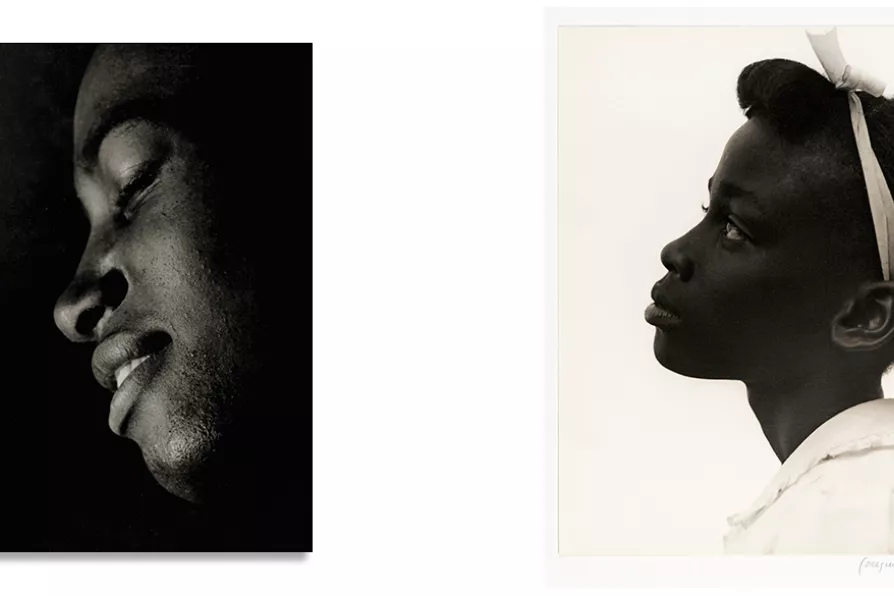GEOFF BOTTOMS appreciates the local touch brought to a production of Dickens’s perennial classic
The emancipatory eye
JOHN GREEN marvels at the rediscovery of a radical US photographer who took the black civil rights movement to her heart

 Consuelo Kanaga. Young Girl in Profile, 1948.
[© Brooklyn Museum]
Consuelo Kanaga. Young Girl in Profile, 1948.
[© Brooklyn Museum]
Consuelo Kanaga – Catch the Spirit
Drew Sawyer, Thames & Hudson, £50
Consuelo Kanaga. Fire, New York, 1922. Credit: © Brooklyn Museum
FEW will have come across the name Consuelo Kanaga (1894–1978), although she was one of the most influential US photographers during the first half of the 20th century. She suffered the same fate as so many women artists: consigned to the museum of amnesia. It is therefore cause for celebration that T&H, together with the Brooklyn Museum and Mapfre have collaborated on this volume dedicated to her work and helping rescue her from oblivion.
Similar stories

Peter Mitchell's photography reveals a poetic relationship with Leeds

JOHN GREEN surveys the remarkable career of screenwriter Malcolm Hulke and the essential part played by his membership of the Communist Party

ANDY HEDGECOCK relishes two exhibitions that blur the boundaries between art and community engagement

The Morning Star sorts the good eggs from the rotten scoundrels of the year










